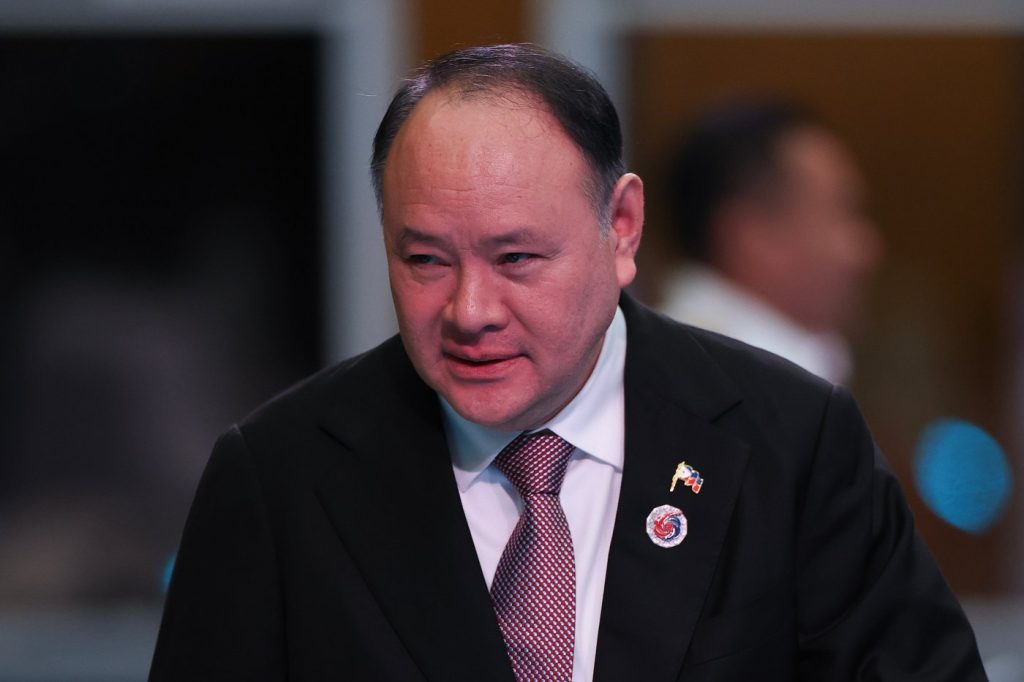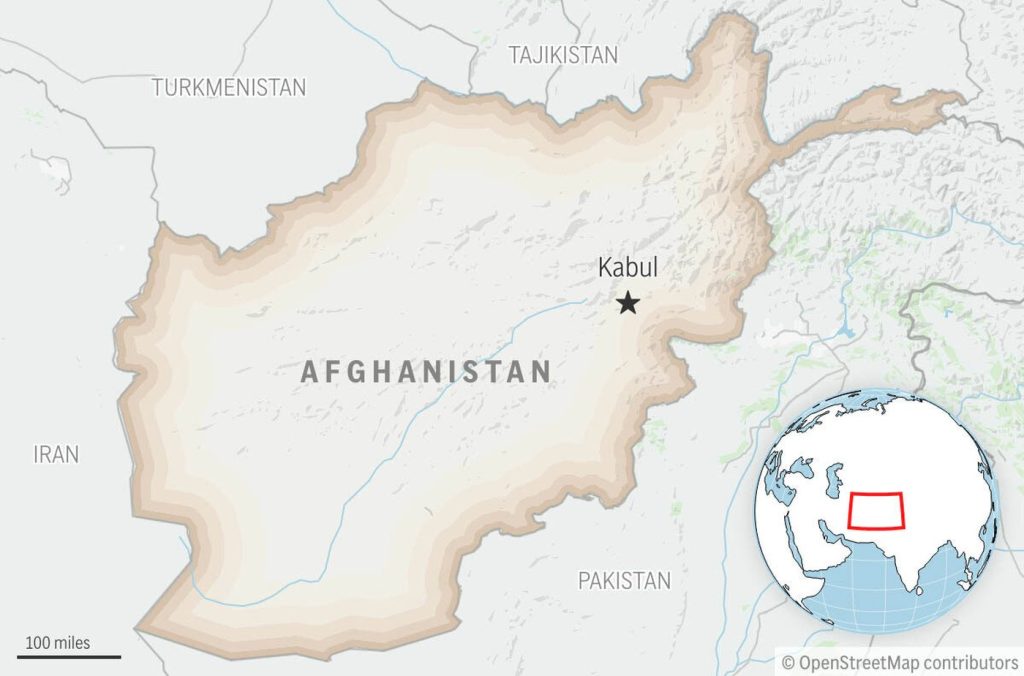On Sunday, Israel announced the transfer of remains of three hostages from Gaza, which will be examined by forensic experts amidst a fragile month-old ceasefire. A statement from Hamas indicated that the remains were discovered in a tunnel in southern Gaza. Since the ceasefire commenced on October 10, Palestinian militants have returned the remains of 17 hostages, with 11 still believed to be in Gaza prior to Sunday’s handover. Israel's military emphasized that the official identification of these remains would first be communicated to the families.
U.S. President Donald Trump addressed the situation, revealing that the remains of Omer Neutra, an American-Israeli citizen and former tank platoon commander in the Israel Defense Forces, were among those returned by Hamas. Neutra, originally from Long Island, New York, was believed to have been killed during the Hamas-led attack on October 7, 2023, which ignited the ongoing conflict. Trump noted that Neutra's parents experienced mixed emotions regarding the return of their son’s remains.
Hamas has been releasing hostages’ remains in small batches, with one or two bodies handed over every few days. While Israel has called for a faster release process, Hamas claimed that the extensive devastation in Gaza complicates identification and recovery efforts. Families of the fallen have been emotional and actively rallying, urging restraint amidst the traumatic circumstances. During a demonstration in Jerusalem, Moran Harari, a friend of the deceased Carmel Gat, highlighted the need to avoid further escalation of violence.
As part of the negotiations, Israel has been reciprocating by returning the remains of 15 Palestinians in exchange for those of Israeli hostages. However, officials in Gaza face hurdles in identifying bodies, struggling without access to necessary DNA kits. The Gaza Health Ministry reported that of the 225 bodies returned since the ceasefire began, only 75 have been identified. The ministry, which operates under Hamas, has resorted to releasing photos of remains in hopes that families may recognize their loved ones.
The exchange of remains is a pivotal aspect of the U.S.-brokered ceasefire agreement, which comprises a comprehensive 20-point plan. This includes proposed formation of an international stabilization force consisting of Arab and other nations, aiding Egypt and Jordan in securing Gaza's borders and ensuring compliance with the ceasefire terms. Many countries have expressed interest in contributing to the peacekeeping efforts but have called for a clear mandate from the U.N. Security Council before committing their troops.
The ceasefire discussions have sparked challenging questions, including addressing the disarmament of Hamas, governing a postwar Gaza, and determining the timing and manner of increasing humanitarian aid. Israeli Prime Minister Benjamin Netanyahu, during a Cabinet meeting, mentioned that there remain pockets of Hamas in certain regions of Gaza under Israeli control, namely in Rafah and Khan Younis, asserting these areas would be targeted for elimination.
The conflict, marked as the deadliest and most destructive between Israel and Hamas, was initiated by the Hamas-led offensive on October 7, 2023, resulting in approximately 1,200 deaths and the abduction of 251 individuals. The consequent Israeli military operations have reportedly led to over 68,800 Palestinian casualties in Gaza, though the Gaza Health Ministry's claims, which do not differentiate between combatants and civilians, have been met with skepticism by Israeli officials, who have not provided alternative figures.
The complexities surrounding the ongoing situation continue to evolve, reflecting the deeply entrenched and multifaceted nature of the conflict affecting both Israelis and Palestinians. As multifaceted discussions around ceasefire and long-term peace strategy unfold, the humanitarian repercussions remain profoundly felt by the families and communities facing devastating losses on both sides.












